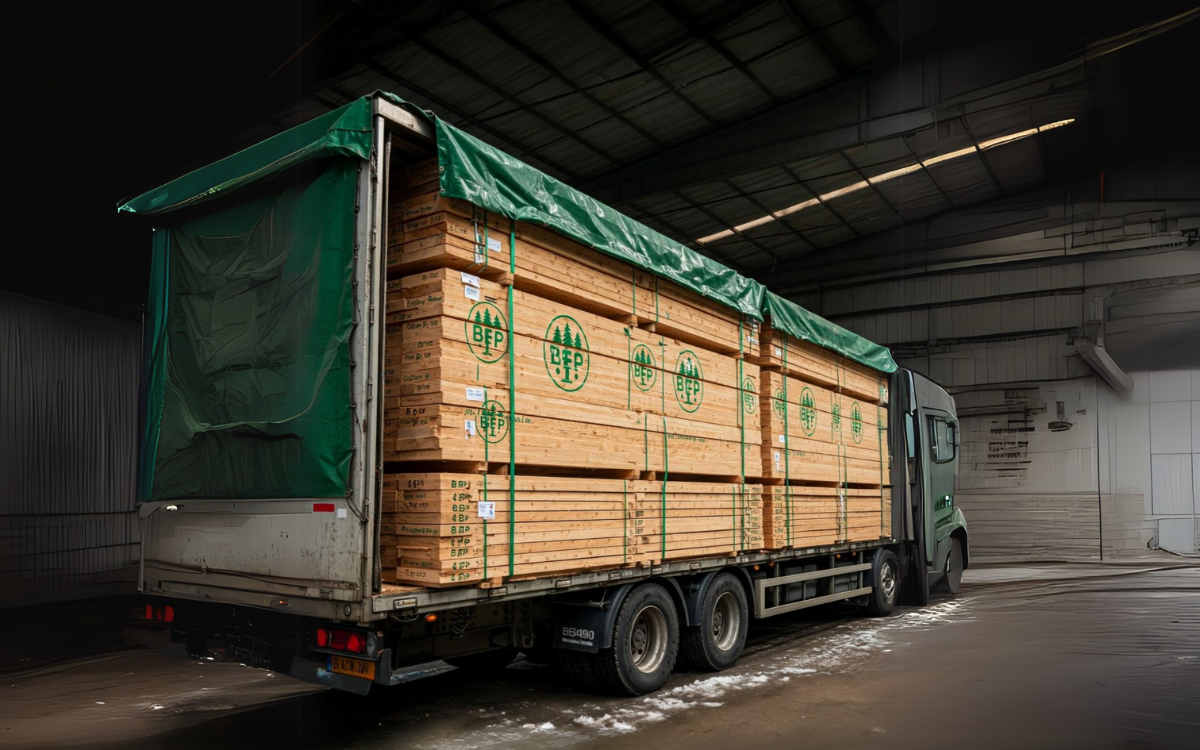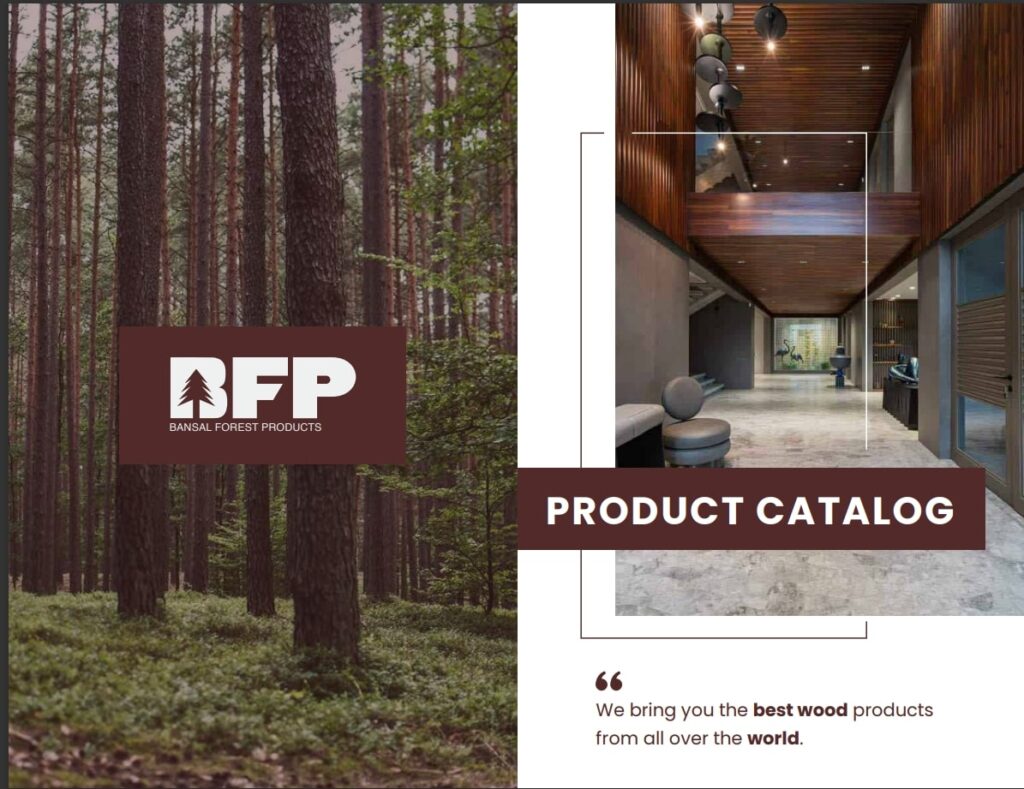In the transforming world of modern architecture, sustainability, beauty, and durability are being considered design factors. Thermo wood is a term used for thermally modified wood through controlled heating. Days pass by where the material has supreme importance in school designs. Thermo wood is a timber that is stabilized and modified at very high temperatures (between 180°C and 230°C) without oxygen so that its cellular structure is changed, therefore improving certain performance attributes.
Hence, in search of long-lasting, environmentally friendly options to traditional lumber, present-day homeowners and architects have found Thermo wood a useful tool. Let’s now see how Thermo wood is utilized in contemporary homes and in its various ways considered superior to other wood types.
What is Thermo wood?
Thermo wood, also known as thermo modified wood, is softwood—usually pine or spruce—that has been thermally treated. The heat treatment method eliminates moisture and resin from the wood, changing its chemical and physical qualities. This alteration makes the wood:
- More stable.
- Less absorbent.
- resistant to deterioration.
- More resistant to adverse weather conditions.
This makes Thermo wood ideal for both indoor and outdoor applications in modern homes.
The most commonly treated species include thermo pine wood, thermo pine, and spruce, although hardwoods like ash can also be thermally modified.
Why is Thermo wood Better Than Other Woods?
You need to know that every wood has its own properties, which make it suitable for any use. From being durable and eco-friendly, there are many different factors that make it better for any use and design.
1. Superior Durability
Traditional woods are prone to decay, fungi, and insect attacks, especially in humid climates. Thermo wood, thanks to its heat treatment, is significantly more resistant to these threats. The heating process removes resins and reduces the wood’s ability to absorb moisture, making it more durable and longer-lasting than untreated wood.
2. Dimensional Stability
One of the major benefits of thermo treated wood is its enhanced dimensional stability. Because the thermal modification process reduces the wood’s ability to absorb water, it shrinks and swells far less than traditional wood. This is particularly useful for outdoor applications or in areas with fluctuating humidity levels.
3. Eco-Friendly and Non-Toxic
Unlike pressure-treated wood, where chemicals are used, thermo-modified wood is processed using just heat and steam. It is, therefore, a safe and eco-friendly choice for homes, especially those with kids and pets. This also makes thermo wood a perfect choice for interiors where air quality and health considerations are of the utmost importance.
4. Attractive Appearance
The heat treatment renders thermo wood a warm and elegant hue of deep brown. The color resembles that of tropical hardwoods, offering a luxurious visual appeal at a fraction of the environmental cost. Also, thermopine looks more uniform when compared with untreated pine.
5. Low Maintenance
Because of its high resistance to decay and moisture, thermo pine wood requires much less maintenance than traditional wood. It doesn’t need frequent sealing, painting, or chemical treatments to stay in top condition. Occasional oiling can help maintain its color, but even untreated, thermo wood ages gracefully to a silver-gray patina.
Applications of Thermo wood in Modern Houses
1. Exterior Cladding and Facades
Thermo wood cladding is one of the most popular applications in modern homes. It provides a sleek, natural finish that resists harsh weather conditions. Its ability to retain shape and resist moisture makes it perfect for exterior walls, providing a high-end, low-maintenance facade solution.
2. Decking and Outdoor Flooring
Thermo wood decking is a go-to choice for contemporary patios, garden paths, and balconies. Unlike traditional decking materials that can warp or rot, thermo modified wood withstands moisture and temperature fluctuations effectively. Its slip-resistant surface and splinter-free texture also make it a safer option for barefoot walking.
3. Saunas and Wellness Areas
Thanks to its excellent thermal insulation and non-toxic properties, thermo pine is commonly used in sauna interiors. The heat-treated wood can handle high temperatures and humidity without warping, cracking, or releasing harmful chemicals. Its pleasant aroma and smooth touch add to the calming, spa-like atmosphere.
4. Interior Paneling and Ceilings
For homeowners seeking a warm, rustic ambiance, thermo wood paneling is a stylish interior option. It can be used for walls, ceilings, and accent areas. Its deep color and grain texture bring sophistication and character to modern spaces without overpowering the decor.
5. Furniture and Custom Woodwork
Thermo treated wood is increasingly used in modern furniture design — from tables and benches to cabinets and decorative shelves. Its stability ensures minimal expansion or contraction, which is vital for precise, long-lasting carpentry. Plus, its appealing finish eliminates the need for additional staining or painting.
6. Pergolas, Fencing, and Garden Structures
In landscaping and garden architecture, thermo pine wood is an excellent material for pergolas, gazebos, and fences. Its natural resistance to rot and insects means it can withstand years of exposure without losing its charm. It’s also easy to work with, allowing for creative design flexibility.
Thermo wood vs Other Woods: A Quick Comparison
| Feature | Thermo wood | Regular Wood | Chemically Treated Wood |
| Durability | High | Medium | High |
| Moisture Resistance | Excellent | Poor | Good |
| Environmental Impact | Low | Low | High (chemicals) |
| Aesthetic Appeal | Rich, warm tone | Varies | Often unnatural |
| Maintenance | Low | High | Medium |
| Indoor Air Quality | Safe | Safe | Questionable |
As seen in the comparison, thermo wood combines the natural appeal of regular wood with the durability of chemically treated wood — without the health or environmental concerns.
Conclusion
Applications of thermo wood have been increasing rapidly in modern housing projects — and for good reason. No wood stands in competition to this wood for beauty, toughness, and, most importantly, environmental friendliness. Thermo treated wood can be used for improving a building’s facade, attractive interior paneling, or durable outdoor structures.
With options such as thermo pine, thermopine, and other varieties in the market, homeowners and designers are free to make a choice according to the kind of appearance they wish and the kind of performance they expect. When one selects thermo-modified wood, one is making an investment in sustainable, low-maintenance, quality materials toward future smart living with environmental consciousness.


